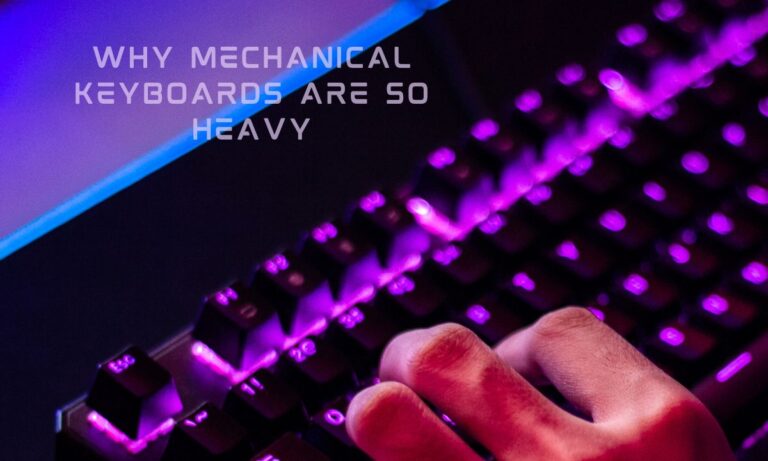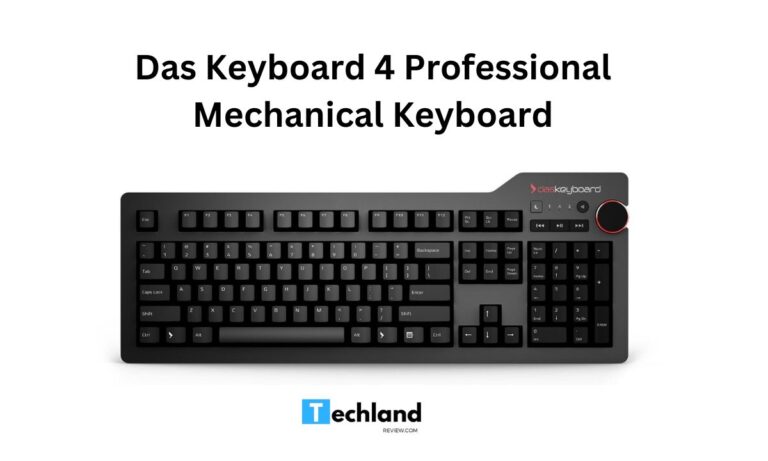How French Schools Gave Us Das Keyboard: A Historical Perspective
It may seem surprising to link the conception of a renowned German keyboard manufacturer with French schools, yet the connection exists. This article delves into the journey of Das Keyboard…
It may seem surprising to link the conception of a renowned German keyboard manufacturer with French schools, yet the connection exists. This article delves into the journey of Das Keyboard and the profound influence that the French educational system has had on its inception.
The Origins of Das Keyboard
The Emergence of a Game-Changer
Born in 2005, Das Keyboard was conceptualized and created by Daniel Guermeur, a Frenchman with a penchant for typing and an appetite for speed. As the CEO of Metadot, a technology company, Guermeur set out on a quest to improve his typing speed and accuracy.
He developed the first completely blank keyboard, one that removed all visual cues, forcing typists to rely solely on muscle memory and skill. Guermeur named it ‘Das Keyboard’, derived from the German article ‘das’, meaning ‘the’. This revolutionary design quickly made its mark, signifying quality, precision, and a unique typing experience in the tech market.
The French Connection: An Unlikely Influence
French Schools and the BÉPO Keyboard Layout
What often goes unnoticed is the strong influence of the French educational system in this development. The idea traces back to the introduction of the BÉPO keyboard layout in French schools.
The BÉPO layout is a francophone version of the Dvorak Simplified Keyboard, which emphasizes efficiency and ergonomics. Taught in French schools since the mid-20th century, the BÉPO layout challenged the long-standing reign of the QWERTY design.
By aligning the most frequently used keys under the strongest fingers, this layout minimizes finger movement and increases typing speed.
The Application of the BÉPO Principles
Guermeur, having been educated in France, was well-versed in the BÉPO layout. He recognized its potential to revolutionize the way people interact with keyboards and sought to combine it with the principle of touch-typing.
Drawing from the principles of the BÉPO layout and his own experiences in French schools, Guermeur designed Das Keyboard. His innovative device was not just blank; it also integrated a German-engineered mechanical switch system that provided tactile and auditory feedback, enhancing the overall typing experience.
Das Keyboard: An Epitome of Ergonomics and Efficiency
Reinventing User Experience
Guermeur’s vision brought forth a reinvention of the user-keyboard interface. This new experience, shaped by the principles learned in French schools and manifested in Das Keyboard, extended beyond the realms of speed and proficiency.
The Echo of French Schooling in Das Keyboard
Das Keyboard is not merely a product of engineering brilliance but also a representation of Guermeur’s French educational background. The notion of touch-typing without visual aids is reminiscent of the blind typing exercises commonly practiced in French schools. It emphasizes the skill and accuracy that the BÉPO layout seeks to instill.
FAQs (Frequently Asked Questions)
Why was Das Keyboard created?
Das Keyboard was designed by Daniel Guermeur to enhance typing speed and accuracy. Guermeur, aiming to improve his typing skills, invented a keyboard that eliminated visual cues and relied on the typist’s muscle memory and familiarity with the keyboard layout.
How does the BÉPO keyboard layout contribute to typing efficiency?
A: The BÉPO layout is designed with ergonomics in mind. It places the most frequently used keys under the strongest fingers to minimize finger movement, reducing strain and increasing typing speed.
How did the French educational system influence Das Keyboard’s design?
Daniel Guermeur, the creator of Das Keyboard, was educated in France and learned to type on a BÉPO keyboard layout. The principles of this layout, along with the touch-typing techniques practiced in French schools, were integral to the design of Das Keyboard.
What makes Das Keyboard different from other keyboards?
Das Keyboard is unique due to its complete lack of key inscriptions, reliance on touch-typing, and its German-engineered mechanical switch system that provides tactile and auditory feedback.
How has Das Keyboard affected the tech industry?
Das Keyboard has had a significant impact on the tech industry by shifting the focus to typing efficiency and user experience. It has encouraged other manufacturers to explore innovative and ergonomic design approaches.
In conclusion, it is fascinating to trace back the conception of a product so inherently German as Das Keyboard to the French educational system. Its principles, drawn from the BÉPO layout and the touch-typing techniques taught in French schools, illustrate the power of cross-cultural influences and the birth of innovative ideas. The story of Das Keyboard is a testament to how a simple, profound experience can pave the way for a revolution.
Related Articles:



